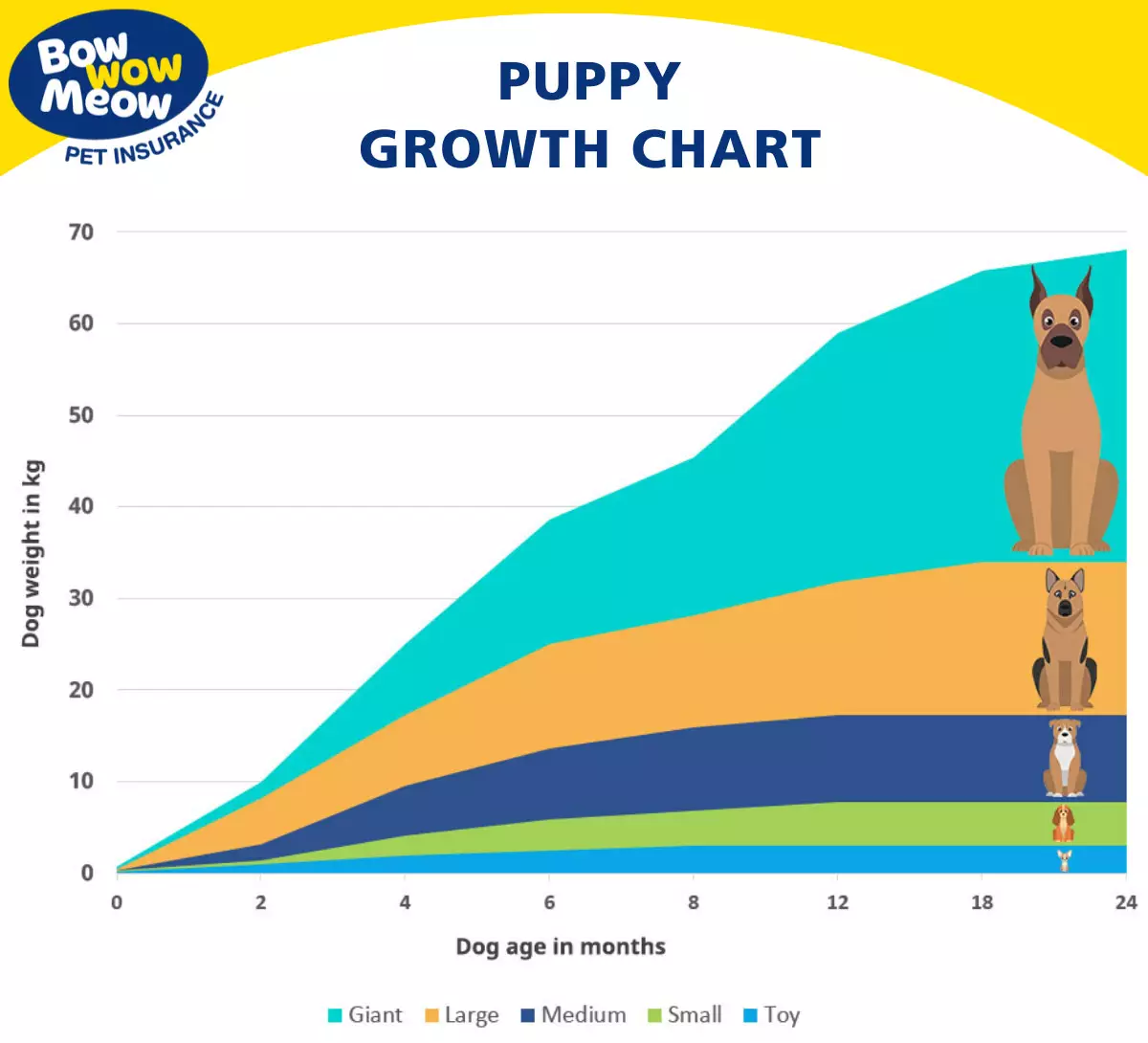

But what if you rescued a pup and never saw his parents?Ī lot of pet parents put store by the size of the pup’s paws. Hopefully, you saw the mother dog, and so have an idea of her size. There is less guesswork when you have a purebred pup because you have the parents as a guide. Know that certain breeds tend to grow to a certain size, and don’t be surprised when a Leonberger turns out to be large. Breed: There’s no such thing as a miniature St Bernard or a giant Chihuahua.Thus, early neuters have a tendency for long bones and are therefore taller Age at desexing: Early neutering cancels out chemicals that tell bones to stop growing.Gender: Male dogs tend to be bigger than females.Other factors that influence the adult’s size include: Those at the pocket-sized end of the scale usually reach adult size as early as six months of age, whilst an out-sized giant dog carries on growing for 18 – 24 months. So first think about whether your pup is a toy, small, medium, large, or giant breed.

However, the larger the dog breed, the more months they grow for…makes sense really. If your Great Dane pup is growing faster than Japanese knotweed, you may be hoping that he’ll soon stop growing. To answer the question of how big your pup will get, here is an overview of how long puppies grow for, how breed affects size, and to predict the pup’s adult weight from his current one. Of course, you may have a purebred puppy and have a rough idea what to expect, but even then Mother Nature sometimes throws up a surprise or two. Welcoming the patter of tiny paws into your home is an exciting time, but do you wonder how big the owner of those paws will become? (jump to Calculator)įrom living in a big enough house to choosing the correct crate, having an idea of whether that cute puppy is going to grow gigantic or not, is crucial to planning.


 0 kommentar(er)
0 kommentar(er)
